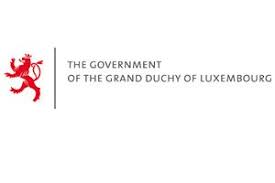PHASE 2 Implementing PFM reform
Stage 6
Implement reforms or reform action plans
WHAT ARE THE ACTIONS, DELIVERABLES, RESPONSIBILITIES, AND TIMELINES?
The next stage focuses on confirming the reform initiatives and developing an action plan or strategy for implementation. Table 2.9 provides a template for developing a PFM reform plan that can be adapted for iterative approaches to reform or more sophisticated and comprehensive reform strategies. The template is not intend to be either prescriptive or exhaustive. It simply indicates the key elements to be addressed in designing a reform plan, whether as an individual reform initiative or as part of a more detailed comprehensive strategy.
Table 2.9 Key elements of a PFM reform action plan
| Desired outcome | PFM reforms | Key tasks and actions | Responsibility | Time frame | Key milestone and outputs | Capacity development needs | Cost and funding source |
|---|---|---|---|---|---|---|---|
| State the government’s intended outcomes from the PFM reform | Specify the reform priorities or initiatives | Set out the individual tasks required to implement the reform | Identify institutional and individual responsibility for completion of each task | Set out the deadline for each task | Identify milestones | Set out required capacity development needs | Estimated cost and funding source |
Table 2.10 includes a simplified example of the template in table 2.9, applying the example used from stage 1 to stage 5 to address specific reform priorities centered on the need to improve fiscal discipline. The example aims to demonstrate the logic for developing and implementing priorities resulting from the PFM reform dialogue, highlighting the specific outcome that the reform is intended to achieve (or contribute to) and the specific tasks required to achieve that outcome. It also assigns responsibility and identifies a time frame, specific milestones, and capacity development needs.
In designing reforms, the cost implications should be considered. Such costs should reflect both the capital and recurrent costs of implementing the reform itself as well as any short-term costs, such as technical support for capacity development. Any potential savings from, for example, improvements in efficiency and effectiveness should also be highlighted. Recurrent costs are almost always funded by the government themselves, whereas costs of capital and technical support are sometimes funded by development partners. It is essential the full costs of the reform initiative or plan are calculated and funding sources identified and confirmed before approval and implementation.





